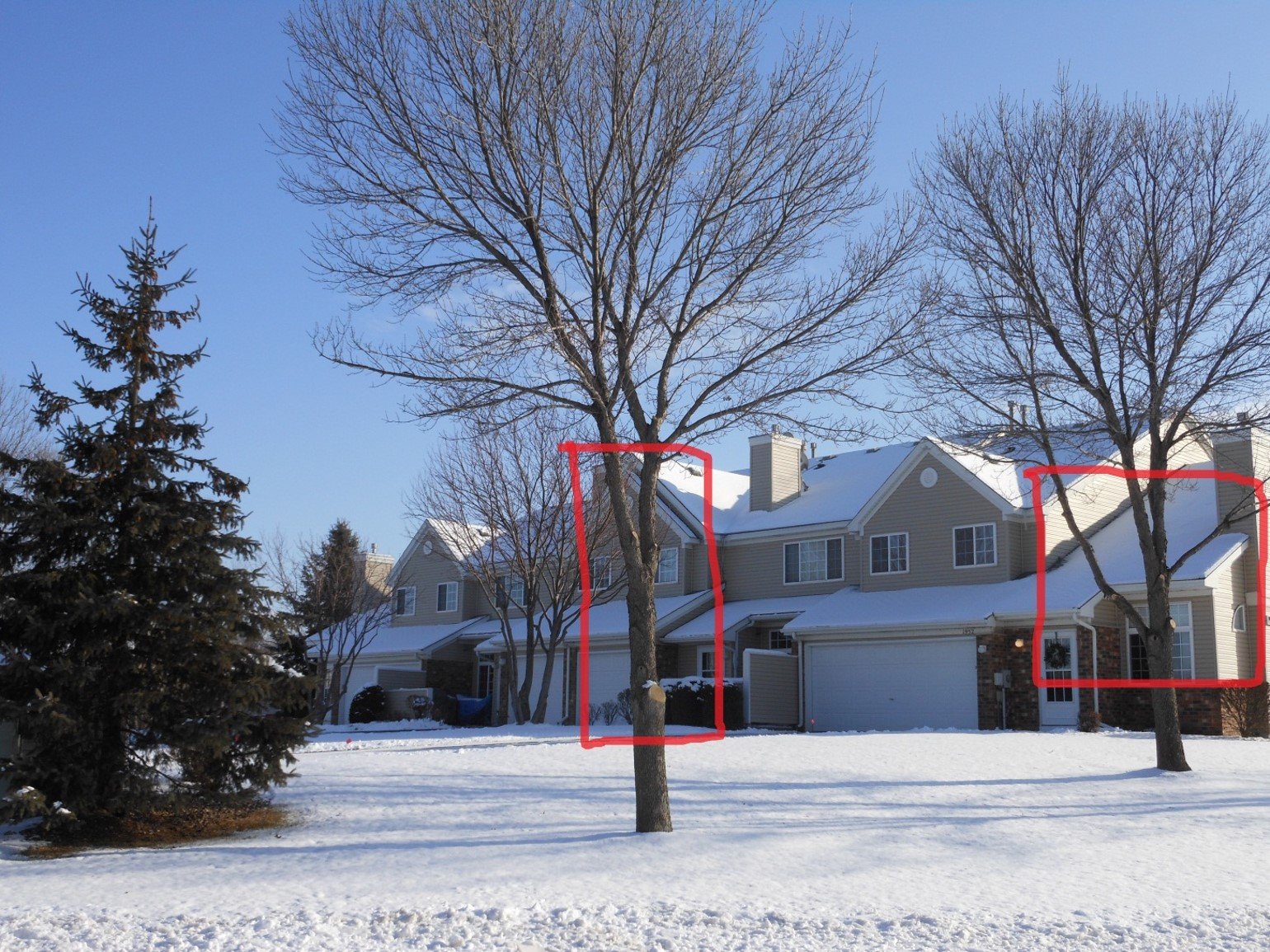Pruning Young Trees; Structural Pruning Basics
Structural training is a type of pruning for young trees to develop proper branching patterns and structure. Negative impacts of poor structure are not prevalent when trees are young and small in size. However, as trees grow, structural issues become more noticeable and can become a point of potential failure.
Unfortunately, proper care for young trees is often overlooked. When it comes to future performance of young trees, structural pruning is an extremely valuable practice.
Top 4 Reasons to Prune Younger Trees
Training will develop trees that are sound structurally minimizing the negative effects of co-dominant stems, weakly attached limbs, and redundant limbs. Trying to improve structural weakness when trees are larger is not always possible. Removing larger limbs (trying to correct structural concerns) can create holes in the crown as well as upsetting the tree’s energy budget by removing a large percentage of live wood.
Having reduced limb failure, lower potential hazards and less defects in trees will make for a sound future urban forest. Mature trees are not replaceable. Having to remove a tree because of a major limb failure should not be acceptable.
Well-spaced limbs equate to fewer limbs to be pruned in the future. This will result in less expensive pruning.
Well-developed tree crowns will result in trees that are more aesthetically pleasing. Some nursery practices create trees that are more dense and attractive to sell. Also, some tree species are just generally likely to have upright, tight branching patterns. This dense or tight branching structure must be corrected later to return trees to a more natural structure.
This major branch failure is the result of not correcting poorly attached limbs when the tree was young.
How Much Pruning Can Be Done?
A young tree can tolerate having as much as 25% to 30% of its live tissue being removed at one pruning visit. As trees get older and more mature, the amount of live wood that can be removed decreases considerably. Training must be done while trees are young and can handle the stress of removing live wood. Smaller pruning cuts will leave the least amount of wounding to seal off and compartmentalize.
A Warning From The Big Oak
DO NOT WAIT until trees are larger to start pruning. The two ash trees pictured below had about half of their limbs removed (all in the lower crown). This pruning has completely changed the structure of these trees and no focus was given to the upper crown. This is NOT structural pruning. Many of the lower limbs should have been removed while the trees were smaller to lessen the impact on overall health and compartmentalization of the pruning cuts.
How Aggressive Should the Pruning be?
Hopefully structural pruning is being done for younger trees developing a strong overall structure. Unfortunately, many trees are not pruned while they are young and major problems develop (see picture below). This maple tree has developed a 4-foot split between the two main central leaders resulting in a tough decision.
Option 1 (less aggresive) = Prune out one of the two splitting limbs.
The Problem = A 4-foot section of questionable trunk wood will still remain.
Option 2 (more aggressive) = Remove both limbs eliminating the split.
The Problem = This is a rather large cut which will leave a gaping hole in the center of the tree.
Futher Complications = While removing both limbs to eliminate the split is an aggressive move, it will have a positive benefit. Removing this section of tree will lessen the impact of the included bark (area below the split with the oozing sap). This is another area of concern between two larger limbs with a poor attachment.
Optimum Scenario = One of the two center limbs should have been pruned 5 years earlier eliminating the decision all together. Commonly, a structural problem will develop that puts the entire tree in jeopardy. Either a very aggressive cut is made (which will greatly impact the tree) or the tree should possibly be removed.
The BIG Oak says the moral of the story is to prune when trees are young and developing.



